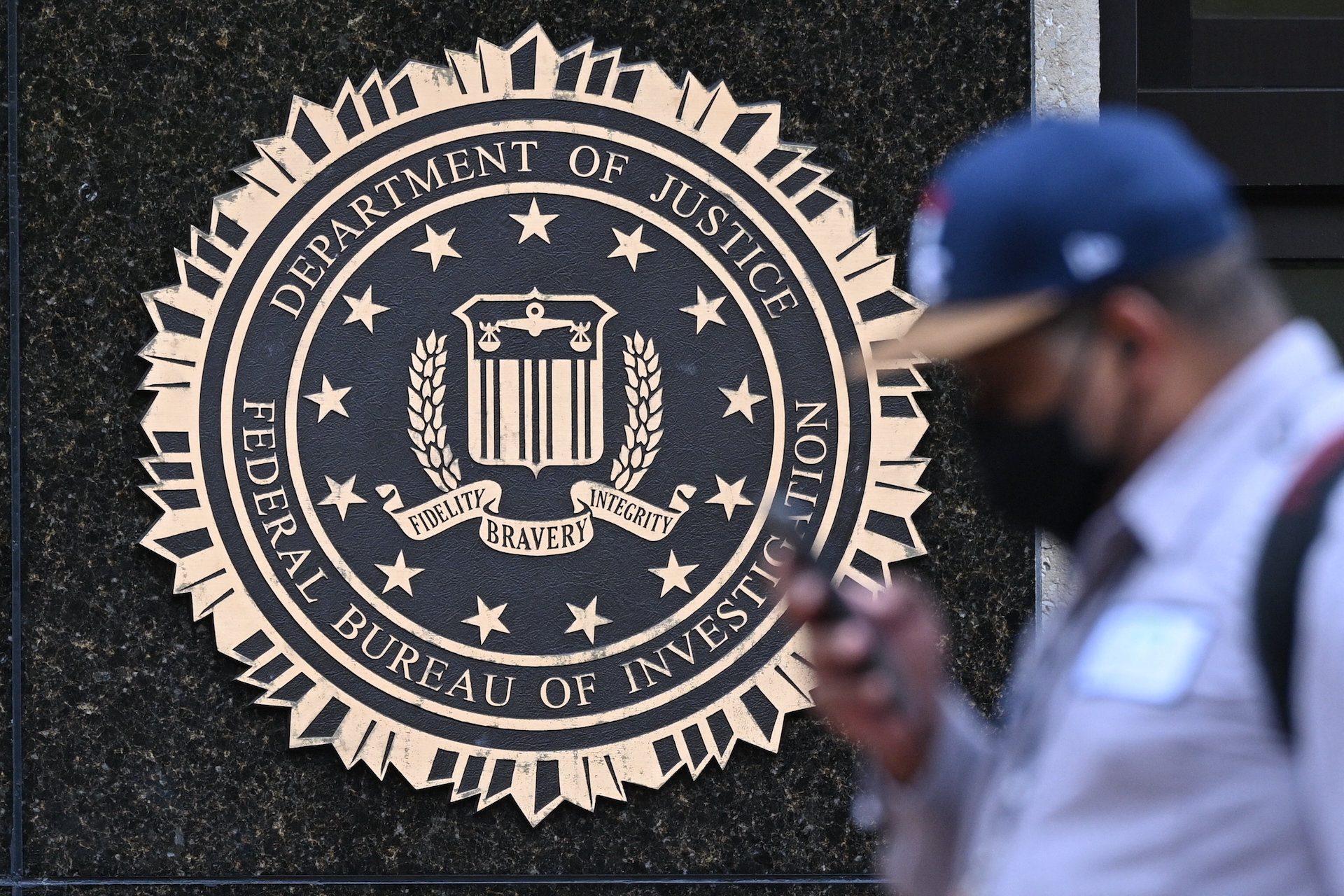The FBI-led effort known as “Operation Cookie Monster” took down a notorious cybercrime marketplace known for selling compromised credentials and biometric data for digital fraudsters to carry out attacks or commit identity theft.
TAFE South Australia has revealed a data breach that was discovered when SA Police seized “devices containing electronic scanned copies of TAFE SA student identification forms”.
In its disclosure, the companies confirmed their use of website trackers, which are small snippets of code that share with tech giants information about visitors to their websites and are often used for analytics and advertising.
Typhon Reborn V2 includes significant updates to its codebase and improved capabilities. The new version features additional anti-analysis and anti-virtual machine (VM) capabilities to evade detection and make analysis more difficult.
Trace3’s acquisition of Set Solutions is a continuation of the company’s strategic expansion plan. The investment allows the combined companies to deepen cybersecurity capabilities to drive success for commercial and enterprise clients.
Security experts have urged the npm registry to deploy anti-bot technology after revealing that the open-source repository has suffered intermittent denial of service (DoS) outages over the past month.
The Series A funding is being led by GV (Google Ventures), with participation from Decibel and several angels, including Dug Song, former CEO at Duo Security, and Tray.io CEO Rich Waldron.
The new funding, Cybereason says, will help it advance its XDR, EDR, and EPP solutions and support global growth. In addition to the investment, Cybereason also announced that SoftBank’s executive vice president, Eric Gan, will become its new CEO.
Among the websites affected were Tel Aviv University, the Hebrew University of Jerusalem, Ben-Gurion University of the Negev, Haifa University, Weizmann Institute of Science, Open University of Israel, and Reichman University.
A statement by Chinese government said that the review is being undertaken to ensure the security of the key information infrastructure supply chain, prevent network security risks caused by hidden product problems, and maintain national security.








